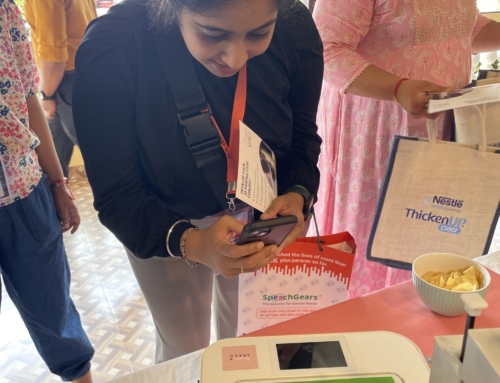Many of us won’t want to admit it, but Desktop Dining isn’t new to us. Heck, I’m eating my porridge as I write this. Pre-COVID-19 at the office or working from home during the pandemic, we’ve had to “send out something urgent” while we eat; or rather squeeze in a few bites while we work. The real issue with working from home is the blurring of boundaries between work and play, between weekdays and weekends, between personal and professional. Breaking away from this kind of ongoing routine becomes seemingly impossible, leading to stress. Stress can cause us to crave foods high in fat or carbohydrates.
Eating al-desko in a pre-covid world
Desktop Dining while working from home
While working from home, we have unlimited access to the kitchen and no restriction on mindlessly munching on the loudest and smelliest food – with no eye rolls from edgy coworkers. In order to protect ourselves from long-term shifts in our eating habits, take these tips into consideration while desktop dining:
- Don’t work in (or near) the kitchen. You might be tempted to wander over and check the fridge (for the tenth time) if it’s in your line of vision. Decide that the only time you’ll be in your kitchen during the workday is when you’re getting ready to have a planned snack or meal.
- Plan your snack and meal times. Just as you schedule the rest of your day, establish when you’re going to eat. Treat food like you would in the office. You can’t be grazing all day long when you’re there – so act the same way at home. Meal prepping is still your friend. By making mealtimes very clear, everybody knows there is a time to eat and time to not eat. You could decide that food can only be eaten at the kitchen/dining table or over a placemat. Creating a change of scenery can help us realise it’s a different moment.
- When you eat, just eat. One of the biggest drawbacks to eating at your desk is that you’re not focused on your food. Instead, you’re sending e-mail, answering the phone, shuffling paper: the perfect recipe for overeating. Instead, take a break from work to sit down at the table to enjoy your lunch and relax for a few minutes.
- What (not) to eat. Don’t stock your fridge or pantry like a vending machine. Try you best to keep junk food out of your house, especially foods you know can trigger a binge for you. Focus on real food. Balanced, nutritious food makes us more productive, keeps us fuller longer and helps us focus. Understand that what you eat will impact your mood and energy level. If you’re worried about buying fruits and vegetables given their shelf life, then try bell peppers, broccoli, cauliflower, carrots, apples, and citrus fruit. They last longer. Limit your tea / coffee intake and replace that designated spot with a bottle of water instead.
- Don’t make it a habit.

Setting the Table, an exploration of eating rituals across cultures that goes far beyond four legs and a surface.
Let’s grab a (virtual) cup of coffee and chat about working together. Contact us.








Leave A Comment